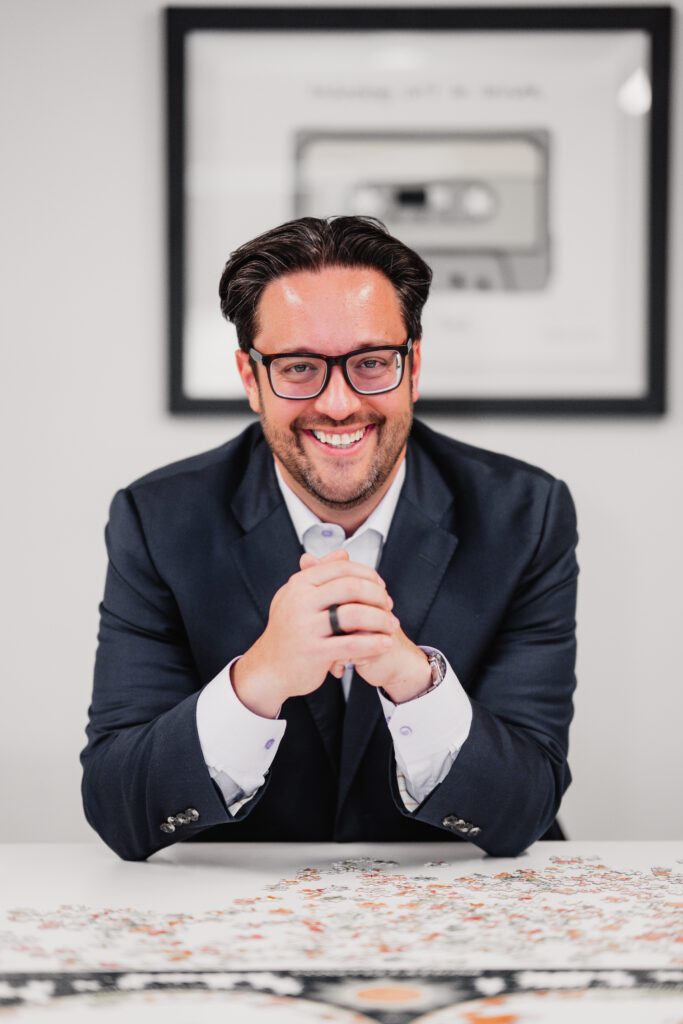In my almost two decades leading Intact, I’ve fielded countless requests from enthusiastic customers and partners brimming with ideas to customize the platforms and services we implement across their organizations. Their intentions are good—they want to leverage our tools to solve problems. But left unchecked, over-eagerness on both sides can morph into scope creep, technical debt, and products losing their identity.
In our hurry-up culture obsessed with pleasing customers, the default response from vendors seems to be, “We can build anything you want!” We proudly pat ourselves on the back for our can-do, customer-centric attitude. But more often than not, this impulse does more long-term harm than good.
Intact takes a different approach, one rooted in discernment rather than reflex. We harness the power of “no”—not to be obstinate, but in the service of greater outcomes.
Saying “no” starts with empathy. Customers have limits on what they can reasonably envision. As Henry Ford allegedly quipped, “If I had asked people what they wanted, they would have said faster horses.” My job is expanding possibilities, not simply reinforcing the status quo. This manifests most clearly in design discussions, where it’s my responsibility to expand the aperture of the conversation.
If I walk into a room and openly ask, “What do you want?” it anchors expectations around replicating legacy processes that are already riddled with problems. Instead, I reframe: “Tell me the outcomes you need to achieve and the capabilities you need.” My team then prototypes solutions tailored to those goals. It’s a collaborative approach that lets customers discover the art of the possible beyond the mental models we’ve carried over from past systems.
But saying “no” is not an easy task. It requires the right approach and careful consideration. Here are three valuable lessons I have learned about effectively refusing requests.
A ‘N’ Demands an Alternative
When refusing a customer request, the conversation cannot end at “no.” Leadership means presenting better paths. If asked to implement risky proprietary architecture, I explain its downsides and suggest standardized frameworks that are designed to achieve the same aims.
Occasionally, customers still request modifications that could undercut ServiceNow platform stability, scalability, or even their own goals. I never reject those ideas outright. But I probe the underlying need: Is there a way to accomplish what you want through a less risky avenue? My team then suggests alternative paths. If the misalignment persists, I honestly explain why I cannot endorse the proposed approach. This refusal doesn’t come from a place of stubbornness, but from a place of wishing to mitigate potential harm. In my own life there have been countless moments where I’ve been grateful when someone prevents me from making a poor choice, even if it initially bothers me or feels invalidating. My goal is to pass on that same guidance to others.
Build Trust Through Saying No
Context determines how refusal lands. Without existing goodwill, “no” can come across as presumptuous instead of caring. Still, it is necessary to reject harmful ideas early on to avoid significant costs later on. It’s a balancing act. I believe that credible guidance, even if initially uncomfortable, builds trust over time. Saying “no” early on can sow the seeds for future endorsement. It’s similar to how doctors prescribe momentarily unpleasant interventions for long-term wellness. I follow this model, prioritizing quality advice over easy agreement.
No Ego: Putting Client Success First
When I turn down a request, I always consider my motives. Am I motivated by self-importance or a genuine desire to protect the client? I ground myself in first principles: What outcome will truly benefit this client? Arrogance has no place when advising those who have placed their faith in you. Having cultivated trust, I must honor it by providing honest feedback on the paths that will unlock their potential.
Creating this dynamic is not about boasting or superiority. One failed engagement can tarnish our culture and compromise the progress we’ve made with clients over the years. That’s why it’s crucial I assess whether our philosophies align and if they truly value the services we provide. Can we challenge each other in a safe and productive way? Can we commit to a culture of courageous candor? If the overall impression is one of trouble, I am willing to walk away. As important as the problems we solve are the ones we choose not to take on. Sometimes, saying “no” responsibly means parting ways with customers, even though it might be difficult. It is an expression of care for both parties—a relationship destined to be unsatisfying is one that should not persist.
Some argue that leaders should accommodate all reasonable requests to retain business. I see it differently: offering clear guidance with a spirit of service fosters deep loyalty and advocacy. Yes, this might narrow our addressable market in the short term. But the customers we do work with reward our candor with extraordinary loyalty. They become part of our Intact family, lending their voices to strengthen our collective message. Foregoing revenue today is more than compensated for by the compounding gains of aligning around worthy goals through periodic but wise refusals.




